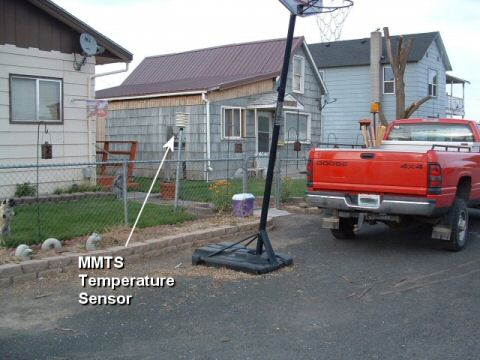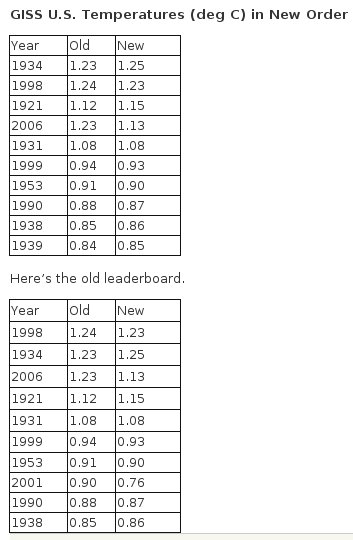And now, Douglas J. Keenan raises serious questions about the Chinese surface station data (PDF);
This report concerns two research papers co-authored by Wei-Chyung Wang, a professor at the University at Albany, State University of New York. The two papers are as follows.
Jones P.D., Groisman P.Y., Coughlan M., Plummer N., Wang W.-C., Karl T.R. (1990), “Assessment of urbanization effects in time series of surface air temperature over land”, Nature, 347: 169–172.
Wang W.-C., Zeng Z., Karl T.R. (1990), “Urban heat islands in China”, Geophysical Research Letters, 17: 2377–2380.Each paper compares temperature data from some meteorological stations in China, over the years 1954–1983. (The first paper also considers data from stations in the USSR and Australia; Wang was only involved in Chinese data, and so the other stations are irrelevant here.) The first paper is quite important: it is cited for resolving a major issue in the most recent assessment report of the Intergovernmental Panel on Climate Change [IPCC, 2007].
[,,,]
Regarding station movements over time, the papers of Jones et al. and Wang et al. make the following statements.The stations were selected on the basis of station history: we chose those with few, if any, changes in instrumentation, location or observation times. [Jones et al.]
They were chosen based on station histories: selected stations have relatively few, if any, changes in instrumentation, location, or observation times…. [Wang et al.]Those statements are essential for the papers.
[…]
The essential point here is that the quoted statements from Jones et al. and Wang et al. cannot be true and could not be in error by accident. The statements are fabricated.
Keenan states that as a result of his report, Wang’s university is holding a misconduct investigation.*.
Via Anthony Watts (if you’re looking for the short form).
Related: “Seals Vanish and Icebergs Melt.”.












